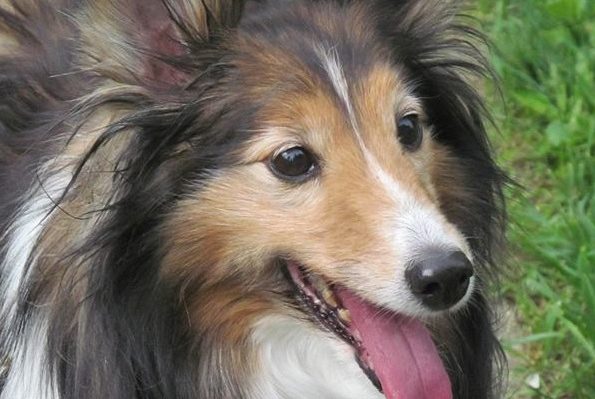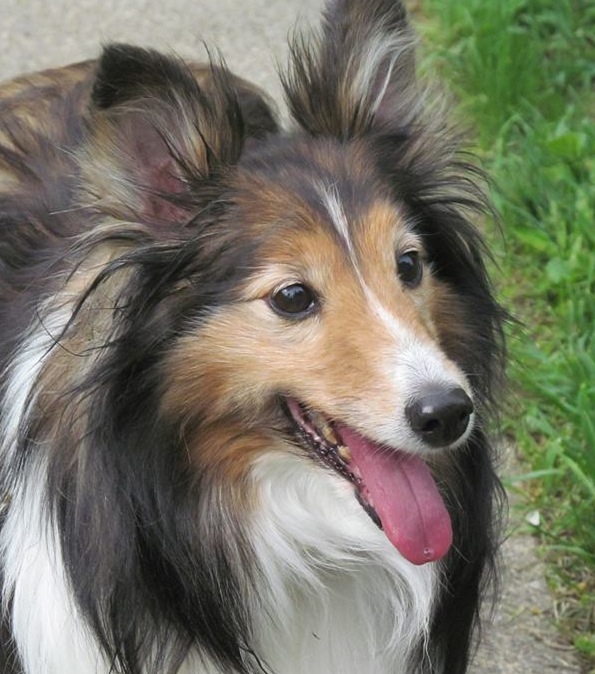
You’ve adopted a dog from the shelter. The dog is about three years old, neutered, healthy, microchipped, and up to date on vaccinations. You can tell from the dog’s first few days in your home that he is not housebroken (at least in your house) and that he is not used to being crated. You wonder what his life was like in his old home or homes, but you’ll never know for sure. You realize your new family member is an “adult puppy”—he’s never been taught the basics.
You ask your veterinarian for a referral to training classes but you’re not sure what to do next. Your new dog is obviously too old for puppy classes; he’s a full-grown adult. You see that classes are offered for adult dogs who’ve had no training or are new to their families. You call the training school and a staffer recommends that you visit their facility (without your dog) to watch a few classes.
You and your family accept that invitation. You go to the facility to watch classes several times. You like what you see: friendly atmosphere, happy dogs, smiling instructors, training successes. You talk to several of the instructors after they’re done teaching and together you decide which class is right for your dog. You register for a beginning class for adult dogs. Not traditional obedience training—you don’t want to compete with your dog in dog shows—but a class to teach your family how to be good dog owners so they can teach your dog how to be a good family pet.
You learn that adult dogs with established habits—like eliminating in the house—can take longer to train than puppies who’ve always eliminated appropriately, thanks to their mother dog’s good instincts and the support of any humans who were their caretakers from birth. You learn how to use your dog’s crate to prevent inappropriate elimination in the house. You’re encouraged to be patient and consistent. Your dog starts to get with the program and you realize that an adult dog can “hold it” a lot longer than any baby puppy because . . . bigger bladder. You appreciate that!

Your adult puppy may never have learned to “inhibit his bite”—in other words, not bite down on human skin. Your instructors stress how important this knowledge is for a dog of any age. They also make it very clear that the teeth of adult dogs with adult-dog jaw power can be much more dangerous to human beings than the tiny sharp needles of puppy teeth. You learn how the adults in your family should work with the dog on bite inhibition exercises . . . and that these lessons should not be a responsibility of the kids.
You are given suggestions on how best to supervise and manage your dog in your home and yard, with the goal of creating behaviors that will keep you and your dog safe and happy together. You are encouraged to consider what your dog finds rewarding and to use those rewards to teach your dog the behaviors you want, rather than resorting to punishment after the dog has done something inappropriate. You’re taught simple steps to learn good timing in training so that you can better teach your dog.
You’re shown a variety of collars, harnesses, and leashes available for dogs nowadays. You find out that choke chains and pinch collars are not appropriate and that flexible leads are not safe to use. Your instructors help you decide what combination of equipment might be best for your dog, and they help you fit your dog with the right size and fit of the equipment you choose. You are taught how to use that equipment safely and wisely as your dog learns how to walk appropriately without pulling and lunging, without dragging behind you, without fighting your choice of direction.
You’re encouraged to socialize your dog slowly and positively, avoiding bad experiences that might convince him that the unfamiliar is a threat, and instead setting up positive experiences, time after time, that show him that new does not necessarily mean unsafe. You work on building your dog’s confidence and lowering his levels of stress, first in familiar circumstances, then in more challenging situations. You’re told that your dog may make great leaps in learning, but that he also may slide back. You learn how to deal with both possibilities as you build firm foundations for further training in the future.
Your class experience teaches you something else important to remember: each dog is an individual, like every other member of your family. Each dog has his strong points and his weak points. One is good at coming when called, while the dog next to him is good at staying. One dog thinks the UPS driver is Santa, while the dog next to him runs and hides from the big brown truck. One dog has eaten a pair of gloves, the dog next to him has stolen a steak.
Dog classes can be like group therapy that way. First and foremost, you see that your dog is not the only dog who does That Thing you don’t want him to do (whatever That Thing may be). You see your fellow humans and their dogs struggle, you see them succeed, and they see the same from you. You learn to root for them and they learn to root for you. You experience a sense of satisfaction in yourself and in your dog, while experiencing pride for the performance of the group as a whole.
Your dog was not adopted from the shelter? Your dog has lived with your family since he was a puppy, when you adopted him? You couldn’t find the time or didn’t have the money to attend a puppy class when he was little? The problems you’ve been having with housebreaking, jumping up on friends and family, pulling on the leash when you’re walking, barking at every squirrel he sees? You thought he’d outgrow those problems . . . but he hasn’t. You know now you shouldn’t have waited.
Forget your embarrassment. Pretend you just got him. Restart his life. “Rescue” your dog now! Your veterinarian can tell you if your dog is healthy enough to attend training classes, no matter the dog’s age. Talk to your friends and family who have dogs, find out what classes they’ve taken and what training schools they like; research online, then make those calls. Visit the classes, talk to the instructors, register your dog, and go to class. Your dog is not too old.



